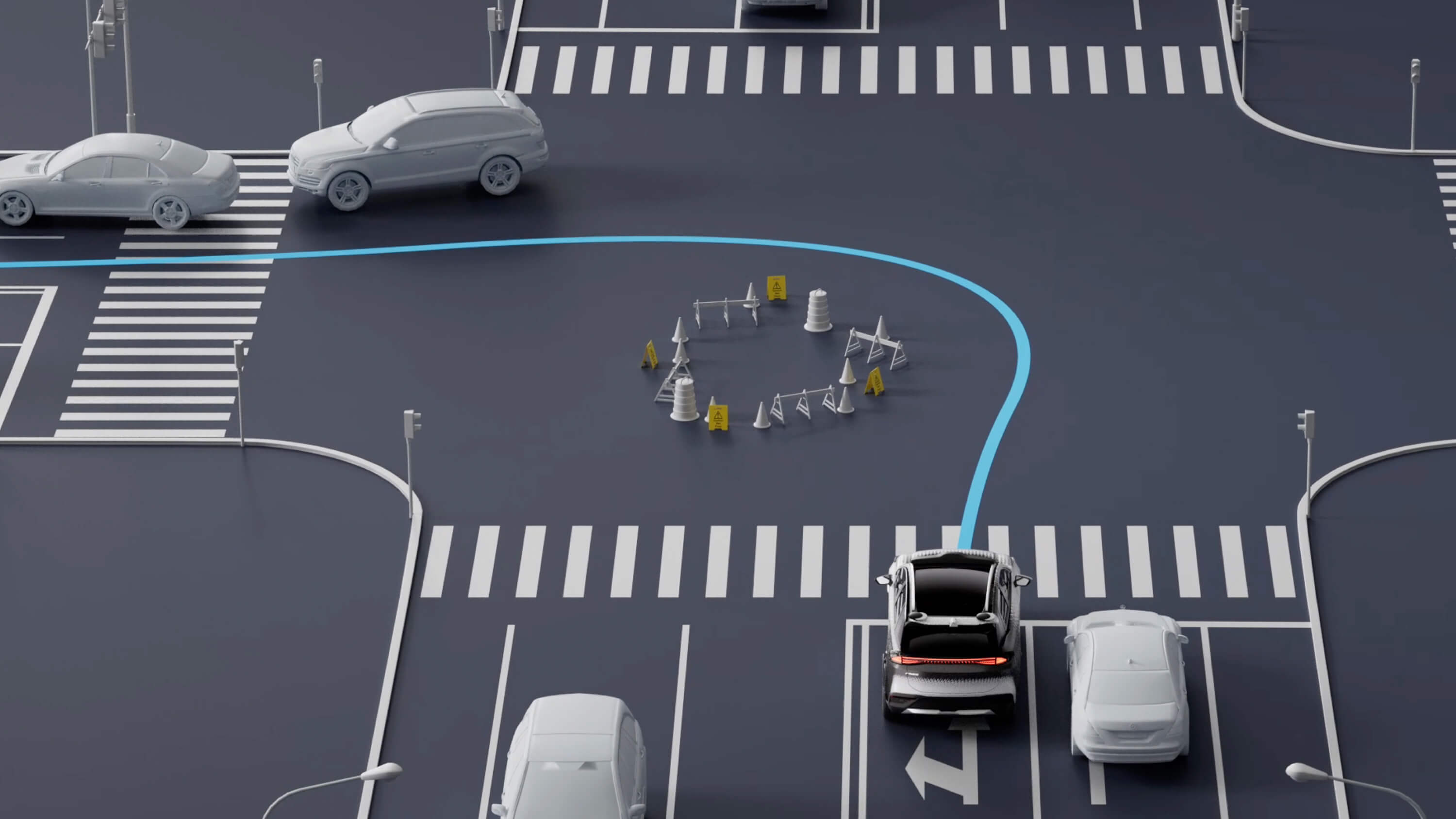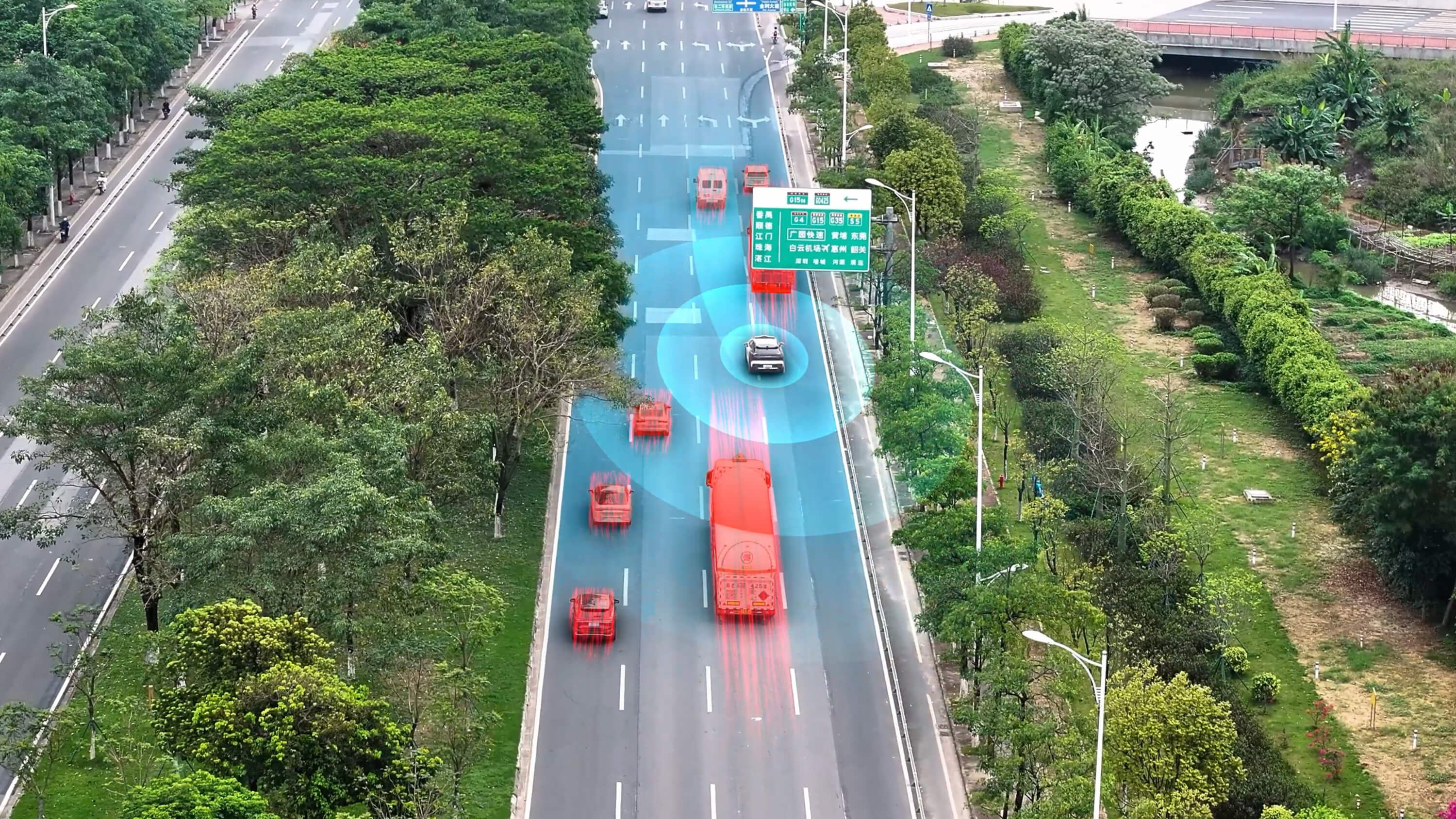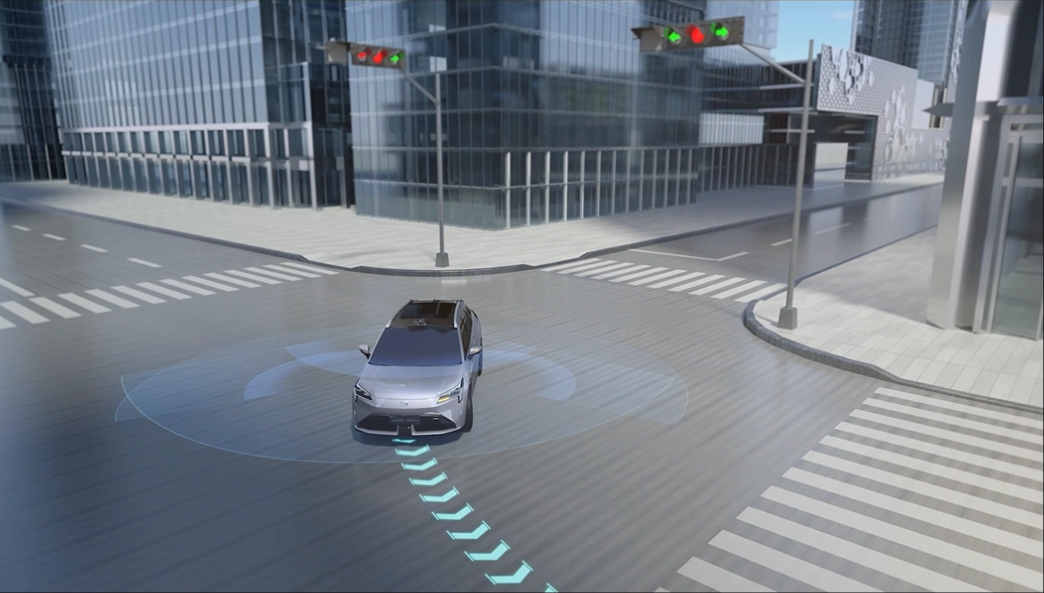The way we travel is changing faster than ever. The autonomous driving system is fundamentally reshaping how we interact with our vehicles and navigate our world. At GAC Group, we believe this technology is key to creating a safer, more efficient, and more convenient mobility experience for everyone. The integration of advanced systems in modern vehicles promises to reduce human error, which is a factor in the vast majority of traffic accidents, while also optimising traffic flow and giving us back precious time during our commutes.

What is an Autonomous Driving System?
An autonomous driving system is a complex combination of sensors, cameras, radar, and artificial intelligence that allows a vehicle to operate with little to no human input. To standardise the capabilities of these systems, the Society of Automotive Engineers (SAE) established six levels of driving automation[1]:
- Level 0 (No Driving Automation): The human driver performs all driving tasks.
- Level 1 (Driver Assistance): The vehicle can control either steering or acceleration/deceleration, but not both simultaneously. Think of adaptive cruise control and lane-keeping assistance.
- Level 2 (Partial Driving Automation): The vehicle can control both steering and acceleration/deceleration. The human must remain fully engaged and monitor the environment at all times.
- Level 3 (Conditional Driving Automation): The vehicle can perform all aspects of the driving task under specific conditions, but the human driver must be ready to take back control when ADAS requires assistance or suddenly stops functioning effectively.
- Level 4 (High Driving Automation): The vehicle can perform all driving tasks and monitor the driving environment within a specific operational design domain (e.g., a geofenced urban area).In this case, the self-driving car can transport passengers who do not need to interact with it or be ready to take over driving.
- Level 5 (Full Driving Automation): The vehicle can perform all driving tasks under all conditions that a human driver could. Passengers simply set a destination and can do anything they want.
.png)
Core Components of Autonomous Driving Systems
Creating a vehicle that can see, think, and act on its own requires a sophisticated suite of technologies working in perfect harmony, including:
- Computer Vision: It acts as the “eyes” of the car, identifying pedestrians, road signs, lane markings, and other vehicles.
- Sensors: Radar and LiDAR (Light Detection and Ranging) complement cameras by measuring distances, detecting objects, and creating a 3D map of the vehicle's surroundings, functioning effectively in various weather and light conditions.
- Localisation: High-precision GPS and inertial measurement units (IMUs) pinpoint the vehicle's exact location on a map.
- Path Planning: The system's “brain”uses all this data to plot the safest and most efficient route to the destination.
- Control System: This component translates the path planning decisions into physical actions, controlling the steering, acceleration, and braking.
- Connectivity (V2X): Vehicle-to-Everything communication allows the car to “talk” to other vehicles, infrastructure (like traffic lights), and pedestrians for enhanced situational awareness.

How Autonomous Vehicles Work
The overall procedure can be consolidated into three steps: perceive, think, and then act.
In the first step, the vehicle perceives the surrounding world, using its sensors and cameras to create a complete 360-degree digital model that captures every relevant feature.
In the second step, the central computer processes that information, thinking about how to move by utilising advanced algorithms and machine learning. Specifically, it imagines what the other objects around it will do and considers how to respond.
And in the final step, the control system acts on the desired trajectory based on the decisions made using its perception and thinking abilities.

Benefits and Challenges
There are huge benefits of self-driving cars. An intelligent system can drive that dramatically reduces road safety accident numbers caused by human error, fuel consumption, and cars required can alleviate congestion. For passengers and drivers, it also offers inevitably more convenience and freedom.
Nonetheless, the journey toward safe full autonomy is not without complications. We have considerable technical concerns, as we must ensure the system is error-free in every conceivable scenario. We also have regulatory challenges and ethical dilemmas, like how the vehicle should react in cases of unavoidable accident scenarios. These are the facts we need to refine in the future.
GAC's Autonomous Driving Technology
At GAC, we are at the forefront of developing this transformative technology. Many of our GAC cars are already equipped with robust L2 autonomous driving systems, providing features like adaptive cruise control and lane-keeping assist to make your drive safer and less stressful.
We are pushing the boundaries further with our next-generation intelligent driving solutions, like the ADiGO Autonomous Driving System. While our L2 systems are designed for driver assistance, the ADiGO system represents a significant leap forward. It integrates more powerful hardware, including high-performance computing platforms and a greater number of high-definition cameras, to provide more advanced functions like automated lane changes and hands-free driving in specific highway conditions. The usage scenarios have been fully upgraded, allowing you to drive wherever there is a road and park wherever there is space. This advanced system is a testament to our commitment to innovation and our vision for the future of mobility.

The Road Ahead
The journey toward fully autonomous vehicles is a marathon, not a sprint. The technology is evolving at an incredible pace, bringing us closer to a future where our cars do most of the work. However, it is crucial to remember that the technology widely available in mass-produced vehicles today is still at the driver assistance stage. For your safety, you, the driver, must remain alert, engaged, and ready to intervene at all times. The autonomous driving system is a powerful co-pilot, but the ultimate responsibility for safety still rests in your hands.
References
[1] Taxonomy and Definitions for Terms Related to Driving Automation Systems for On-Road Motor Vehicles. Available at: https://www.sae.org/standards/content/j3016_202104/ (Accessed: July 11, 2025)


